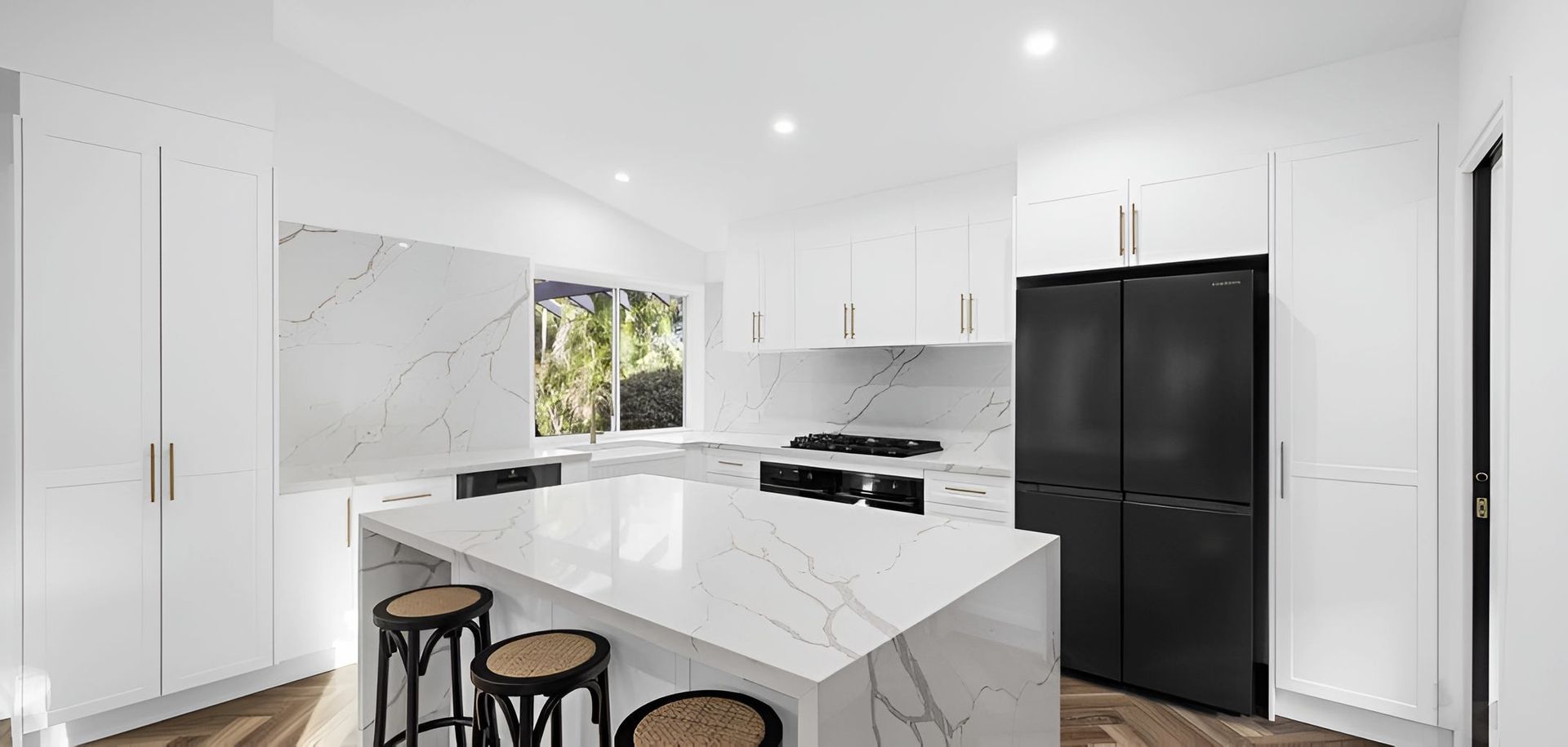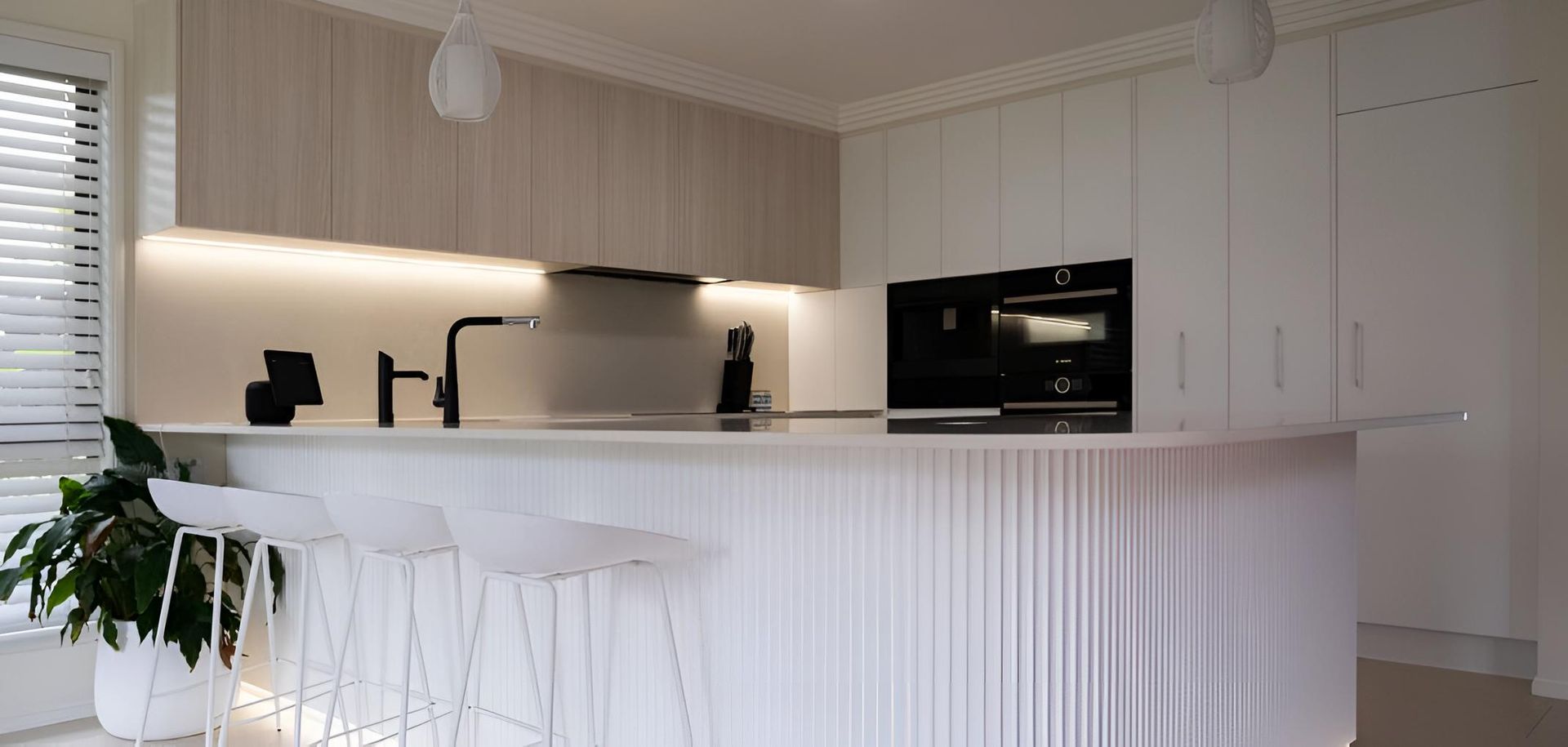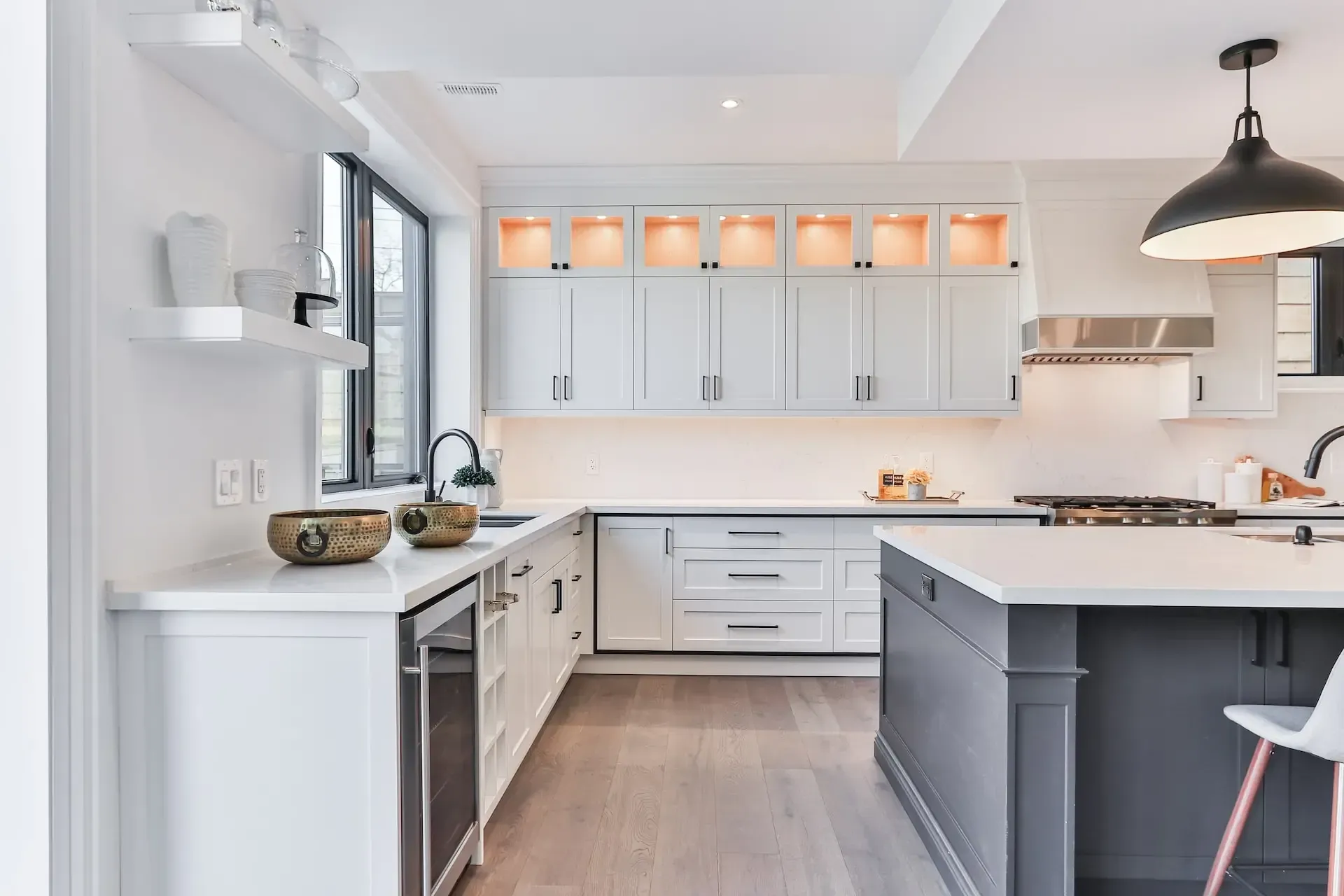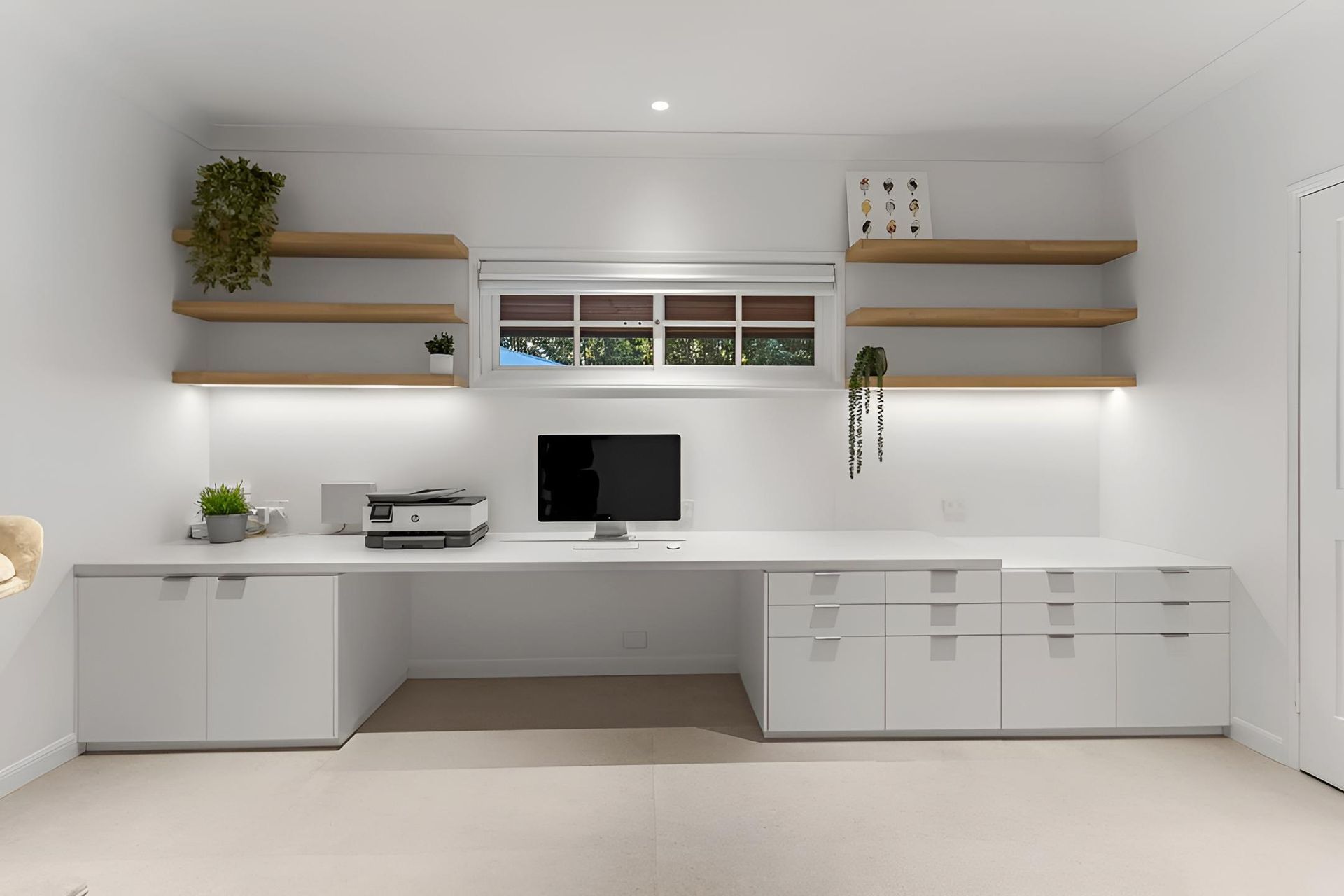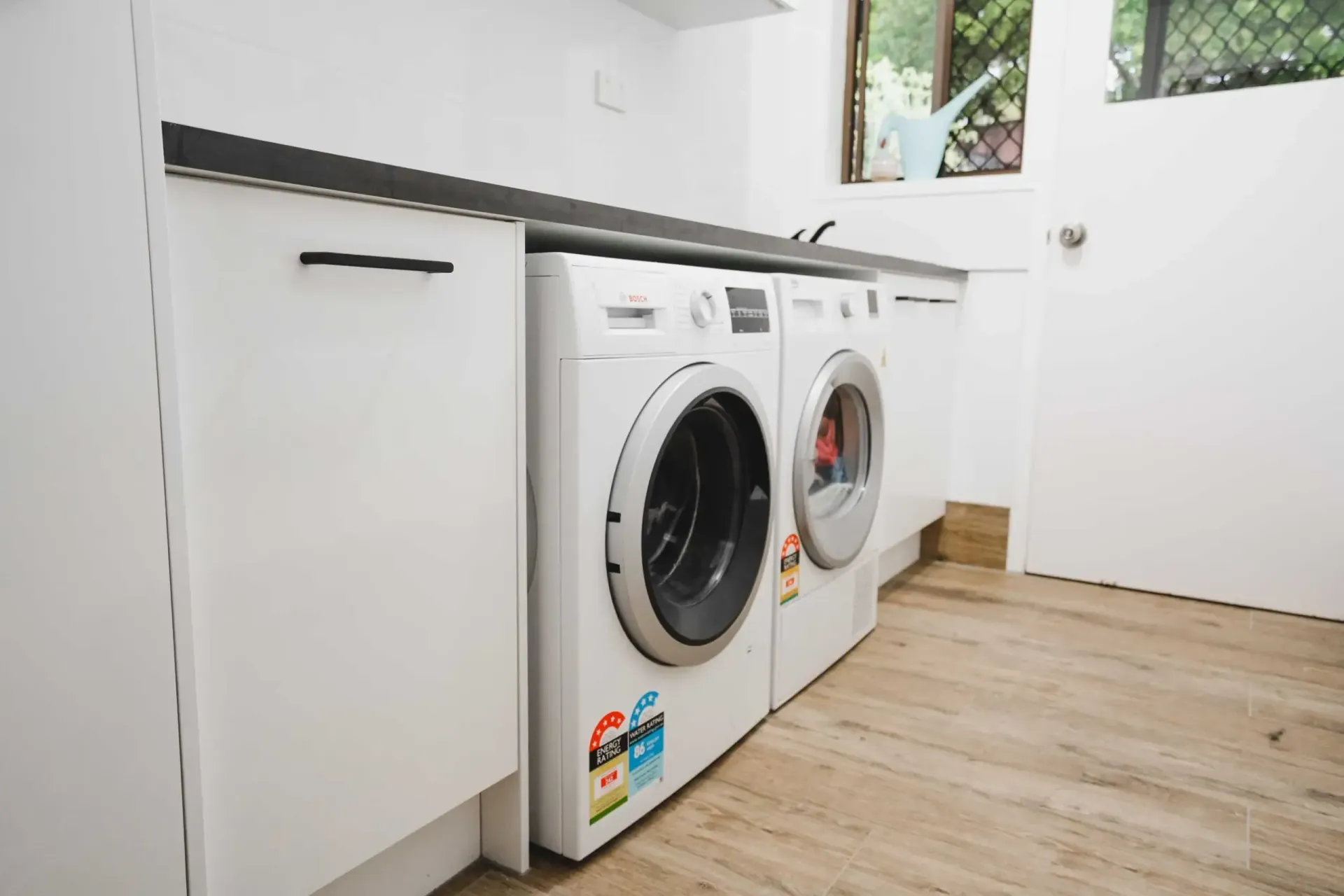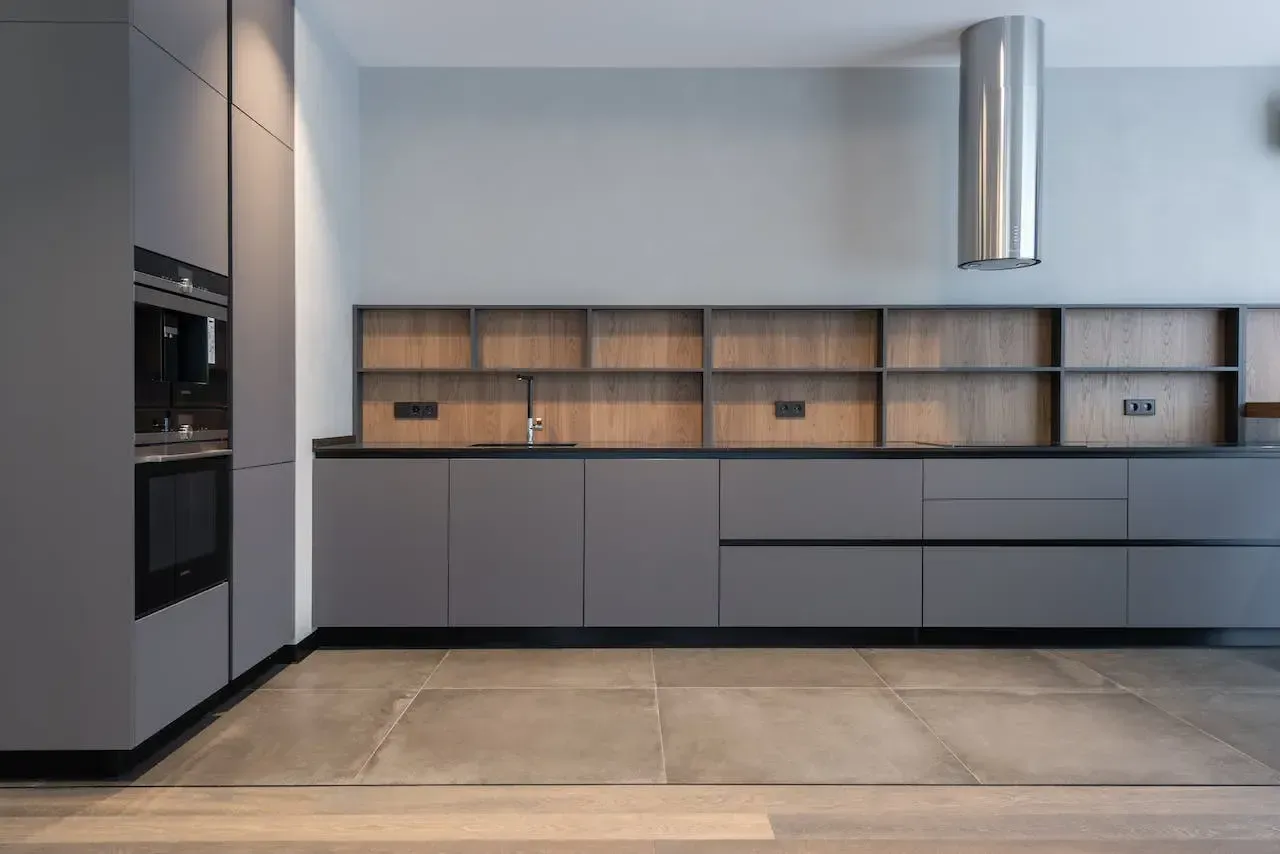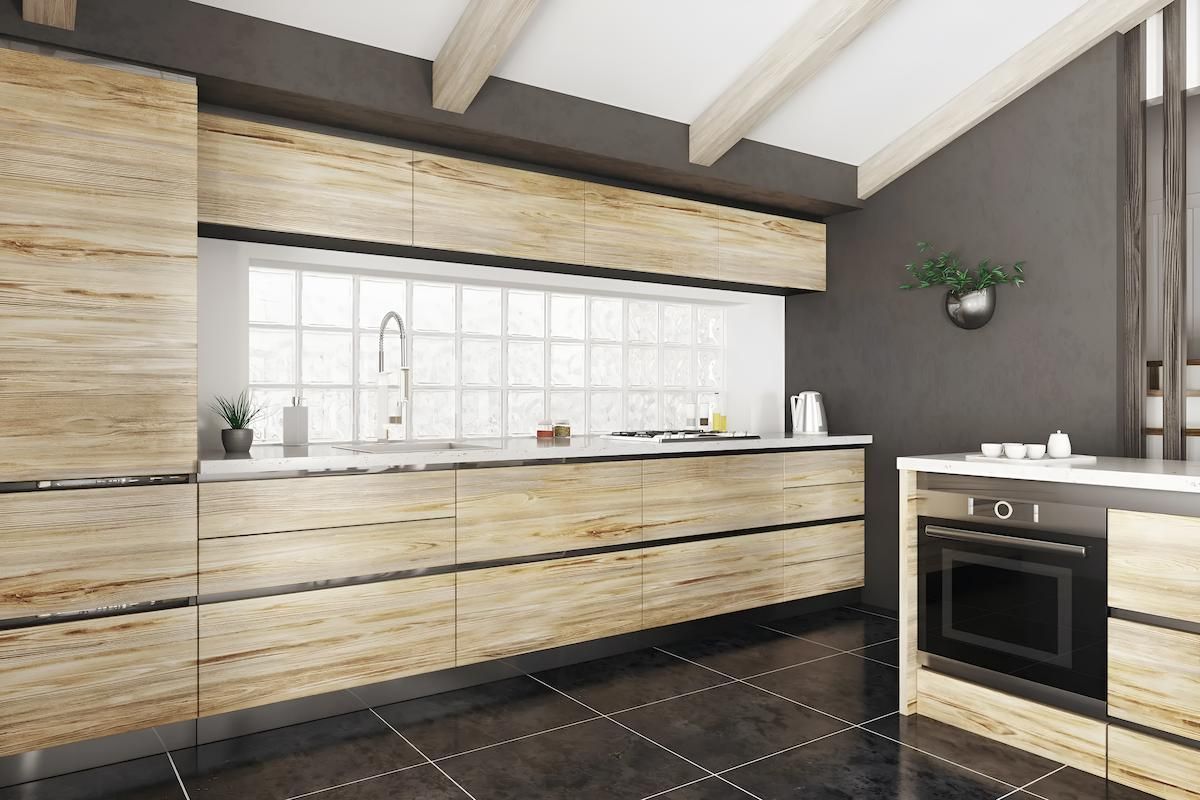Combi-Oven! Cook like a Professional Chef at Home.
In the bustling heart of a commercial kitchen, where precision meets creativity and efficiency is paramount, there exists a culinary workhorse that embodies versatility like no other: the combi oven. But what exactly is a combi-oven, and why has it become a staple in professional kitchens worldwide? Moreover, what sparks the growing trend of bringing this powerhouse appliance into the realm of domestic cooking?
In this article, we embark on a journey to unravel the mysteries of combi-ovens, exploring their multifaceted capabilities and the reasons behind their ubiquitous presence in commercial kitchens. From their inception as a chef’s secret weapon to their recent emergence in home kitchens, we delve into the trans-formative impact of combi-ovens on culinary practices and the evolving demands of modern cooking.
Prepare to be inspired with CK Cabinetry by the innovation, efficiency, and culinary prowess embodied by this remarkable appliance, as we explore its journey from the professional realm to your very own kitchen.
What Is a Combi-Oven?
Short for combination, a combi-oven is capable of Convection and Steam cooking. Or as the name suggests, a combination of both.
Combi-ovens allow cooks to utilize either cooking method separately or to combine them, offering a wide range of cooking options. They are capable of baking, roasting, steaming, poaching, grilling, and even Sous Vide (under vacuum) cooking.
These ovens are highly programmable and often come with features such as precise temperature control, humidity control, and various cooking modes to accommodate different types of food and cooking techniques. They are prized in professional kitchens for their efficiency, versatility, and ability to produce high-quality dishes consistently.
Convection cooking is a method of cooking that involves circulating hot air around food to promote faster and more even cooking. In a convection oven, a fan located at the back or side of the oven helps to distribute the heat evenly throughout the cooking chamber.
The key principle behind convection cooking is that the moving air transfers heat more effectively than still air. As the hot air circulates around the food, it creates a constant flow of heat, which results in faster cooking times and more uniform cooking temperatures across the entire dish.
Convection cooking offers several advantages:
- Faster Cooking: The circulating hot air cooks food more quickly than traditional cooking methods, reducing overall cooking times.
- Even Cooking:
The consistent airflow helps to distribute heat evenly around the food, ensuring that it cooks uniformly without hot spots or uneven browning
- Crispy Texture:
Convection cooking can help to create a crispy exterior on foods such as roasted meats and vegetables, as the circulating air helps to remove moisture from the surface.
- Energy Efficiency: Because convection ovens cook food faster than traditional ovens, they can help to reduce energy consumption and lower utility costs over time.
Steam cooking involves using water vapor to cook food gently and efficiently. In a combi-oven, steam cooking is achieved by injecting controlled amounts of steam into the cooking chamber.
Steam cooking also offers its own advantages:
- Moisture Retention: Steam cooking helps to retain moisture in food, preventing it from drying out during the cooking process. This results in dishes that are moist, tender, and flavorful.
- Healthier Cooking: Steam cooking requires little to no added fats or oils, making it a healthier cooking method compared to frying or sautéing.
- Even Cooking:
Steam distributes heat evenly throughout the cooking chamber, ensuring that food cooks uniformly without hot spots.
- Preserving Nutrients: Because steam cooking is gentle, it helps to preserve the natural nutrients in food, making it an ideal method for cooking vegetables and other nutrient-rich ingredients
The Transition from Commercial Kitchens into the Domestic Market.
The first combi-steamer oven was invented in the 1960s, marking a significant milestone in the evolution of culinary technology. It was during this era that the concept of combining steam cooking with convection heating was first realized, paving the way for the modern combi oven as we know it today.
In 1976, two German companies, Convotherm and Rational, introduced their initial models of basic combi-ovens, further propelling the technology into the spotlight. These early models were groundbreaking for their time, offering chefs the ability to cook a wide variety of dishes with unprecedented precision and efficiency. The introduction of combi-ovens by Convotherm and Rational represented a major leap forward in culinary innovation, setting the stage for the widespread adoption of this revolutionary cooking appliance in professional kitchens around the world.
Since then, combi-oven technology has continued to evolve and improve, with manufacturers introducing new features and functionalities to meet the changing needs of chefs and culinary professionals. From programmable controls to touchscreen interfaces to integrated cleaning systems, combi-ovens have become increasingly sophisticated and user-friendly over the years.
In recent years, combi-ovens have also begun to make their way into the domestic market, as homeowners seek to replicate the restaurant-quality results achieved by professional chefs. This shift has led to the development of smaller, more affordable combi-ovens designed specifically for home use giving home cooks access to this powerful cooking appliance.
Several manufacturers have recognized the growing demand for combi-ovens in home kitchens and have introduced domestic models tailored to meet the needs and preferences of residential users.
Installation Considerations.
Installing a domestic combi-oven compared to a conventional oven in a home kitchen presents a few notable differences:
While the basic installation process for a domestic combi-oven may share similarities with that of a conventional oven, there are some key differences to consider, including power requirements, ventilation, water connection, and space constraints. By following manufacturer recommendations and consulting with a professional installer, you can ensure a successful installation of your domestic combi-oven.
Power Requirements:
Domestic combi-ovens may have slightly different power requirements compared to conventional ovens. While both types of ovens typically run on standard household electricity, combi-ovens may require additional power for steam generation and advanced cooking features. Ensure that your kitchen’s electrical system can accommodate the power needs of the combi-oven, and verify the voltage and amperage requirements specified by the manufacturer.
Ventilation:
Domestic combi-ovens, may require proper ventilation to remove excess heat, steam, and cooking odors from the kitchen. Some combi-ovens come with built-in ventilation systems, while others may require external ventilation solutions such as extraction exhaust fans. Consider the ventilation requirements of the specific combi-oven model and ensure that adequate ventilation is in place before installation.
Water Connection:
Unlike conventional ovens, combi ovens require a water connection to supply water for steam generation. When installing a combi-oven, a plumber will be required to ensure that a water source is available for connecting the oven to a water supply. Additionally, consider installing a water filtration system to prevent mineral buildup and ensure the longevity of the combi-oven.
Pros and Cons.
When comparing a domestic combi-oven to a traditional oven, there are several pros and cons to consider:
Pros of a Domestic Combi-Oven:
Versatility: One of the primary advantages of a domestic combi-oven is its versatility. Combining the functionalities of steam cooking and convection heating, combi-ovens allow for a wide range of cooking techniques, including baking, roasting, steaming, grilling, and more. This versatility makes combi-ovens ideal for preparing a variety of dishes with precision and ease.
Faster Cooking Times: Combi-ovens typically cook food faster than traditional ovens due to the combination of steam and convection heating. The circulating hot air and steam help to cook food more evenly and efficiently, reducing overall cooking times and allowing for quicker meal preparation.
Healthier Cooking Options: Steam cooking in a combi-oven helps to preserve the natural flavors, textures, and nutrients of ingredients, making it a healthier cooking option compared to traditional methods that may require added fats or oils. Additionally, combi-ovens require minimal preheating, further reducing energy consumption and promoting healthier cooking habits.
Moisture Retention: Steam cooking in a combi-oven helps to retain moisture in food, resulting in dishes that are moist, tender, and flavorful. This makes combi-ovens particularly well-suited for cooking meats, fish, vegetables, and other delicate ingredients that benefit from gentle cooking methods.
Cons of a Domestic Combi-Oven:
Cost: Domestic combi-ovens tend to be more expensive than traditional ovens due to their advanced features and technology. While the initial investment may be higher, many users find that the versatility and performance of combi-ovens justify the cost over time.
Learning Curve: Using a combi-oven effectively may require some experimentation and learning, especially for those who are accustomed to cooking with traditional ovens. Understanding how to properly utilize the steam and convection functions, as well as programming the oven for different cooking modes, may take some time to master.
Space Requirements: Combi-ovens may have larger dimensions compared to traditional ovens, which could be a consideration for kitchens with limited space. Additionally, combi-ovens typically require a water connection for steam generation, so access to a nearby water source may be necessary for installation.
Maintenance and Cleaning: Cleaning a combi-oven, particularly after using the steam function, may require more effort compared to cleaning a traditional oven. Some combi-ovens come with self-cleaning features, but regular maintenance and cleaning are still necessary to ensure optimal performance and longevity.
Overall, while domestic combi-ovens offer numerous benefits in terms of versatility, speed, and healthier cooking options, they may come with a higher upfront cost and require some adjustment in terms of usage and maintenance. However, for many home cooks, the advantages of combi-ovens outweigh the potential drawbacks, leading to greater convenience and culinary creativity in the kitchen.
Combination Microwave Ovens.
These versatile appliances combine the quick and efficient cooking capabilities of a microwave with the baking, roasting, and grilling functionalities of a traditional oven, offering users the best of both worlds in terms of speed and versatility.
One of the key features of combination microwave ovens is their ability to cook food rapidly using microwave radiation while also providing the option to use convection heating for more traditional cooking methods. This allows for faster cooking times compared to conventional ovens, making combination microwave ovens ideal for busy households and individuals looking to save time in the kitchen.
Additionally, combination microwave ovens often come equipped with additional features such as grilling elements, steam cooking capabilities, and preset cooking programs, further expanding their versatility and culinary possibilities. These advanced features allow users to prepare a wide range of dishes with precision and ease, from crispy roasted vegetables to succulent grilled meats to fluffy baked goods.
Another advantage of combination microwave ovens is their space-saving design, which makes them ideal for kitchens with limited counter space or for those looking to streamline their appliance collection. By combining multiple cooking functions into a single appliance, combination microwave ovens offer convenience and efficiency without sacrificing performance or versatility.
Combination microwave ovens are innovative kitchen appliances that offer the convenience of microwave cooking with the added versatility of traditional oven functions. Whether you’re a busy parent looking to prepare meals quickly, a culinary enthusiast eager to experiment with new recipes, or simply someone looking to maximize space in their kitchen, a combination microwave oven offers a practical and efficient solution for all your cooking needs.
Let CK Cabinetry Help Choose Your New Oven!
Combi-ovens are rapidly becoming must-have appliances in modern home kitchens, thanks to their versatility, convenience, and health benefits. Whether you’re a seasoned chef or an aspiring home cook, a combi-oven offers endless possibilities for culinary creativity and exploration. By bringing professional-grade cooking capabilities into the comfort of your own home, combi-ovens are revolutionizing the way we cook and eat, one delicious dish at a time.
CK Cabinetry can help you make an informed decision on your next oven. We have partnerships with reputable manufacturers such as Fisher & Paykel and Bosch and our team are always available to help you make an informed decision. Contact us today!
